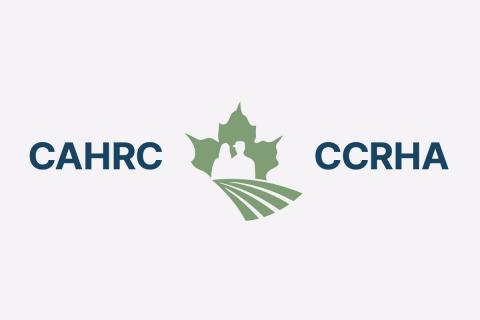Ottawa, ON – Aquaculture is Canada’s fastest growing agricultural industry, yet in 2014 it suffered $57 million in lost sales due to labour shortages, and these annual losses are expected to rise.
The CaTnadian Agricultural Human Resource Council (CAHRC) has completed a three-year study of the Canadian aquaculture industry and released the Aquaculture: Labour Market Forecast to 2025 study – an examination of one of Canada’s smallest, but fastest growing agricultural sectors.
In 2014, aquaculture employed 4,000 workers, primarily in British Columbia and the Maritimes. According to a survey conducted as part of the study, labour shortages – a persistent problem for this sector – affected 58 per cent of operators, with 450 jobs going unfilled due to a lack of domestic workers. While the number of vacant jobs is relatively small, this labour shortfall is estimated to have cost the industry $57 million in lost sales. More than one in four survey respondents (29 per cent) reported that they delayed production and 21 per cent reported that they lost sales due to a lack of available workers.
For the purposes of this research, the aquaculture industry is defined as operations that farm-raise finfish, shellfish, or other aquatic animals; the definition does not include operations involved in processing activities.
Aquaculture relies on exports for a significant share of its sales, and the study projects that a strong global market demand for fish protein will increase average production outputs by 4.2 per cent per year for the next 10 years. While the number of aquaculture farms dropped by 20 per cent since 2008, the remaining operations have increased in size and capacity due to consolidation. To meet production targets, the industry is expected to require 5,800 workers by 2025. However, as many as 1,300 jobs could go unfilled due to a lack of available domestic workers.
The rural nature of aquaculture poses significant challenges to worker recruitment and retention. Declining rural populations have made it difficult for aquaculture operators to source labour, and a lack of public transportation in these areas has limited the ability of workers to get to and from rural worksites.
Also, the aquaculture industry has little access to foreign workers because it is not on the National Commodities List, which grants employers access to the Seasonal Agricultural Worker Program and the Agricultural Stream of the Temporary Foreign Worker Program.
On the bright side, aquaculture’s younger-than-average domestic workforce means that the industry can expect to lose fewer workers to retirement.
To address the labour issues identified in the research, CAHRC, with the help of the Government of Canada, has developed agriculture-specific human resource (HR) tools designed to support modern farm operations to manage their workforce. CAHRC offers Agri Skills, online and in-person training programs, and the Agri HR Toolkit – an online resource guide and templates to address the HR needs of any business. For agricultural organizations there are customized labour issues briefings that apply the new research to specific commodities and provinces, to explore the labour implications within their specific area. For more information on these and other CAHRC offerings visit www.cahrc-ccrha.ca.
The Aquaculture: Labour Market Forecast to 2025 report can be downloaded at
https://www.cahrc-ccrha.ca/agriLMI.ca. The study data was validated through industry consultations conducted Canada-wide including: 1034 surveys of employers, workers and industry stakeholders; 80 phone interviews; six focus groups for a total of more than 100 participants; and seven webinars focused on specific commodity groups with 100 participants in total.
The LMI research was funded in part by the Government of Canada’s Sectoral Initiatives Program.
